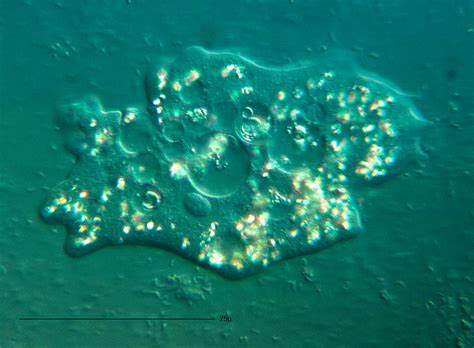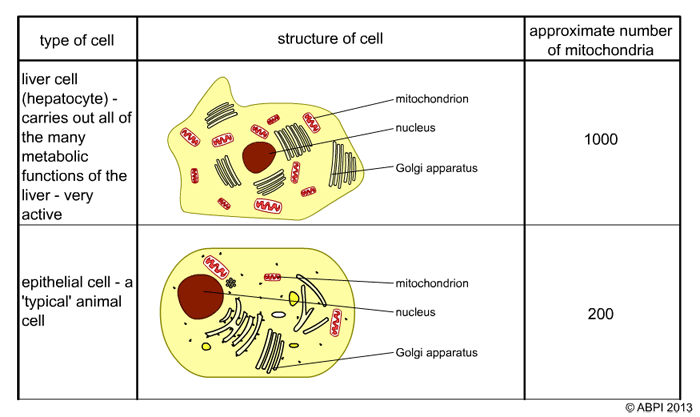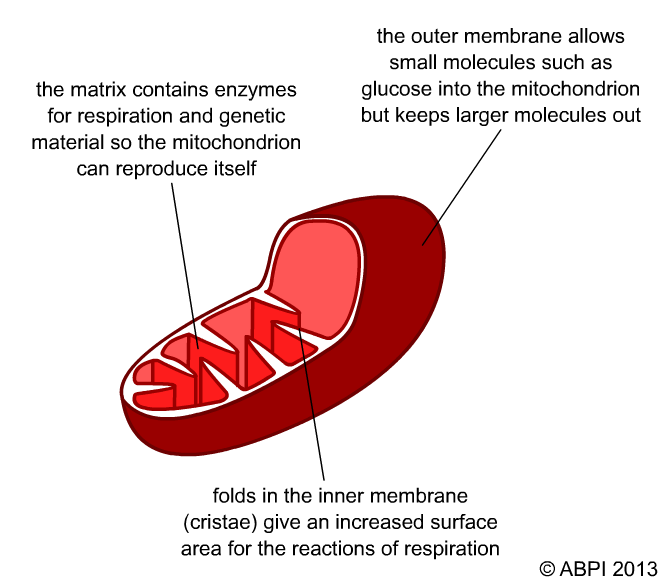This topic takes on average 55 minutes to read.
There are a number of interactive features in this resource:
 Human biology
Human biology
 Biology
Biology
 Physical education
Physical education
All cells need glucose and oxygen for respiration. The glucose is broken down into carbon dioxide and water and this makes energy available for all of the other reactions which take place in your cells. The energy source for cells is the molecule ATP. The energy in the chemical bonds in this molecule is used in other chemical reactions in the cells, building up large molecules or breaking them down. The most efficient way of producing ATP is during aerobic respiration:

The chemical equation for this process is:
C6H12O6 + 6 O2 → 6 CO2 + 6 H2O + energy (ATP)
Sometimes there is not enough oxygen to supply the needs of the cells for aerobic respiration. As a result cells undergo anaerobic respiration. The glucose is not broken down completely and so much less energy is released. In yeast, cells the waste product of anaerobic respiration is ethanol, but in animal cells it is lactic acid.

Once the oxygen concentration in the cells goes up again, the lactic acid is broken down in aerobic respiration to produce carbon dioxide, water and more ATP.

 |
 |
 |
Almost all types of living organisms depend on aerobic respiration for most of their energy.
Aerobic respiration takes place in the mitochondria, organelles which are found in every cell. They contain the enzymes which catalyse the breakdown of glucose using oxygen to produce carbon dioxide and water. This happens in a series of reactions which drive the production of ATP. The inside of a mitochondrion is adapted so it has a very large surface area. This makes it possible for as much aerobic respiration as possible to take place.
The number of mitochondria in a cell gives a good indication of how active the cell is. Cells that make lots of chemicals such as hormones or enzymes usually have many mitochondria. Cells that are relatively inactive have many fewer.

Comparison between a liver cell (hepatocyte) and a simple skin (epithelial) cell.

The structure of a mitochondrion is closely related to its structure.